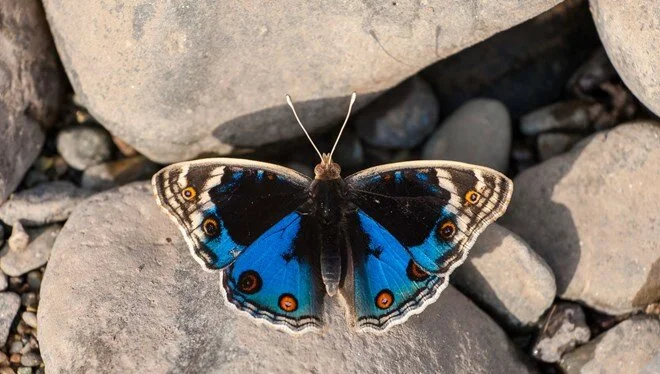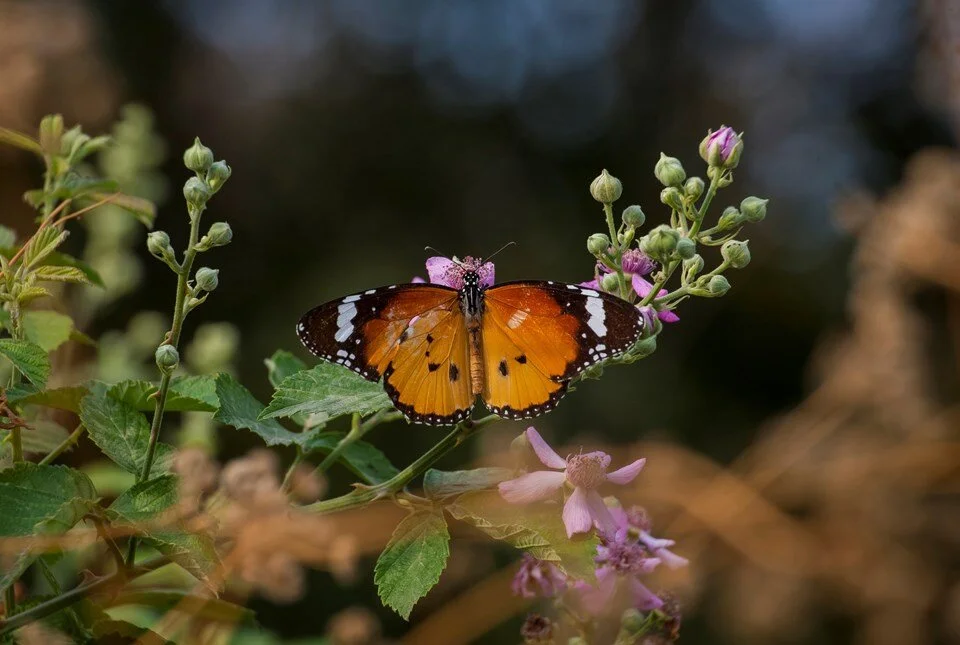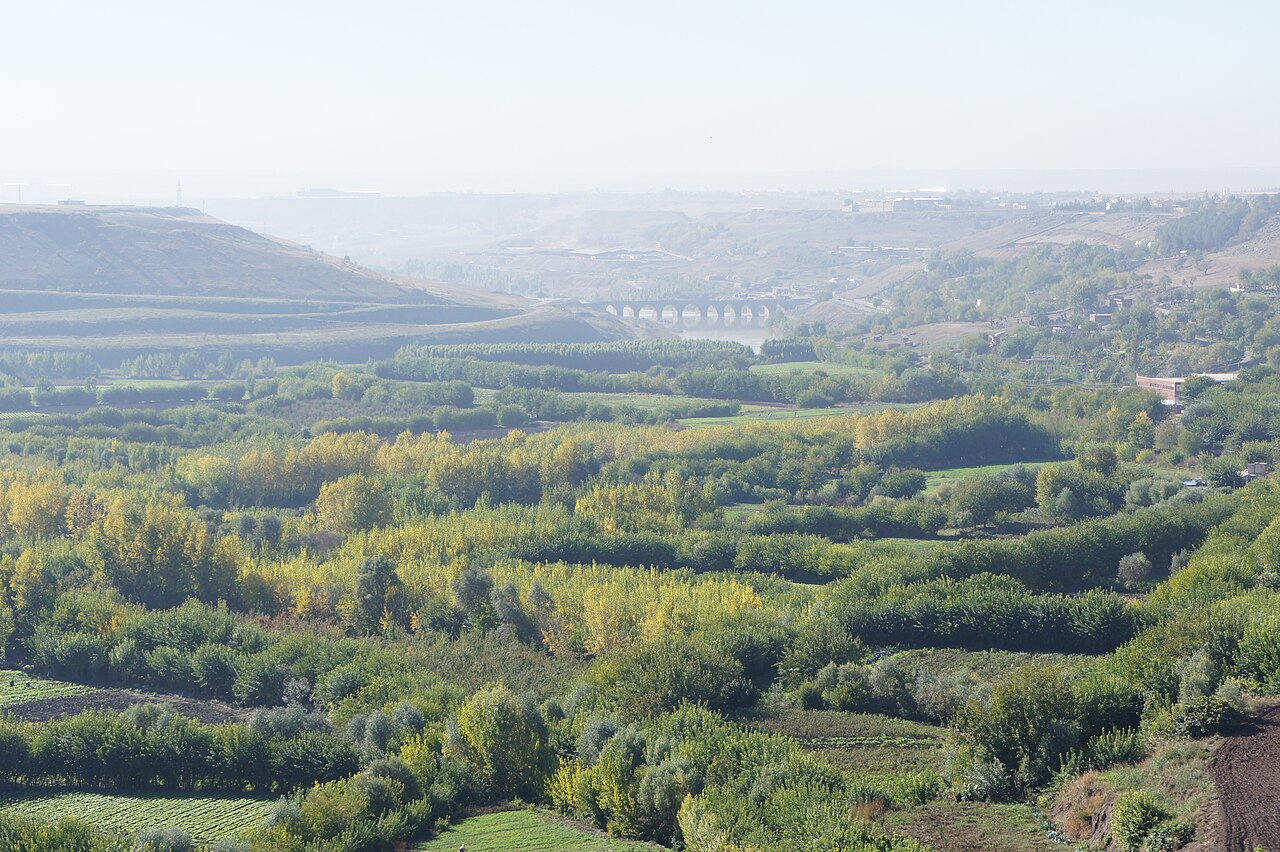Hevsel Gardens, where uninterrupted agriculture has been practiced for 8,000 years in Diyarbakır, has become a popular spot for colorful butterflies with the arrival of autumn.
Hevsel Gardens are listed as a UNESCO World Heritage Site.
Hevsel Gardens, filled with beautiful and colorful butterflies such as the Dicle Beauty (Junonia orithya), Mesopotamian Butterfly (Colotis fausta), Small White (Pieris rapae), and Monarch Butterfly (Danaus chrysippus), also hosts 20 species of birds.

Prof. Dr. Ali Satar, Head of the Zoology Department at the Faculty of Science at Dicle University, called on nature photographers to come to Hevsel to capture images of butterflies.

Prof. Dr. Satar stated, ‘We are currently at Hevsel Gardens. There are nearly 150 identified bird species here, and especially during this season, you can find important butterfly species. For example, while walking here, we spotted the Monarch Butterfly, Dicle Beauty, Mesopotamian Butterfly, and Small White. We invite you to come here and take photographs. As you can see, this place is filled with butterflies.’
An 8000-Year-Old Heritage: Hevsel Gardens
Hevsel Gardens, one of the prominent places in Diyarbakır, captivates with its historical and natural beauty. Located along the banks of the Tigris River, between Diyarbakır Castle and the river valley, this approximately 700-hectare fertile land has been a vital source of life for the city and an important part of its cultural heritage for thousands of years.

Hevsel Gardens have been an area of uninterrupted agriculture for about 8000 years, making them one of the oldest continuously used agricultural lands in the world. Different civilizations that have lived in the region have shaped Hevsel Gardens according to their own cultures. As a result, the gardens bear the traces of more than 30 civilizations.
Due to their historical and cultural significance, Hevsel Gardens were included in the UNESCO World Heritage List in 2015 as part of the ‘Cultural Landscape of the Diyarbakır Fortress and Hevsel Gardens.’

